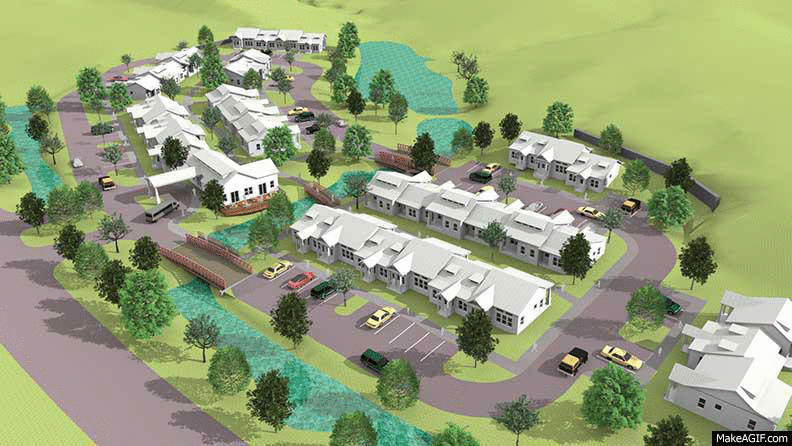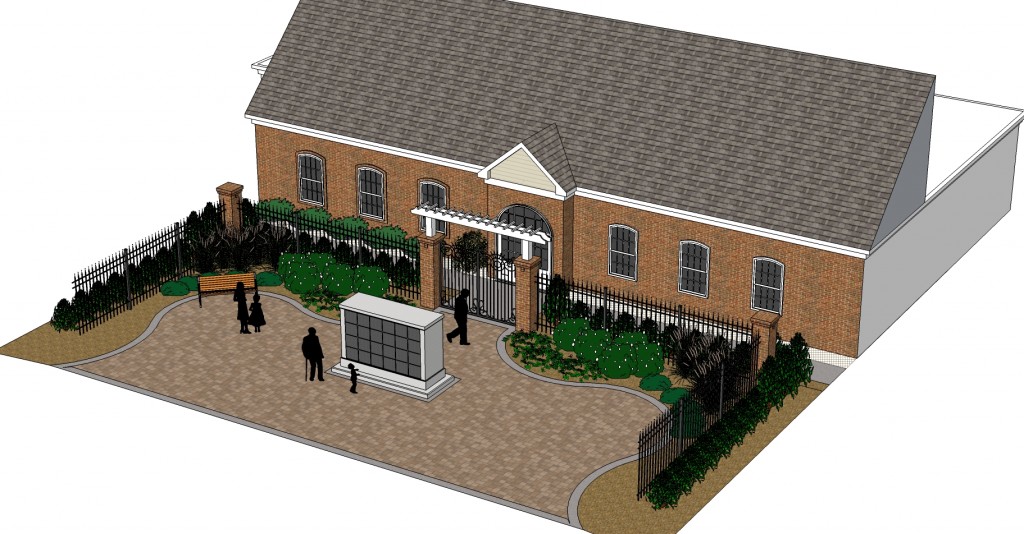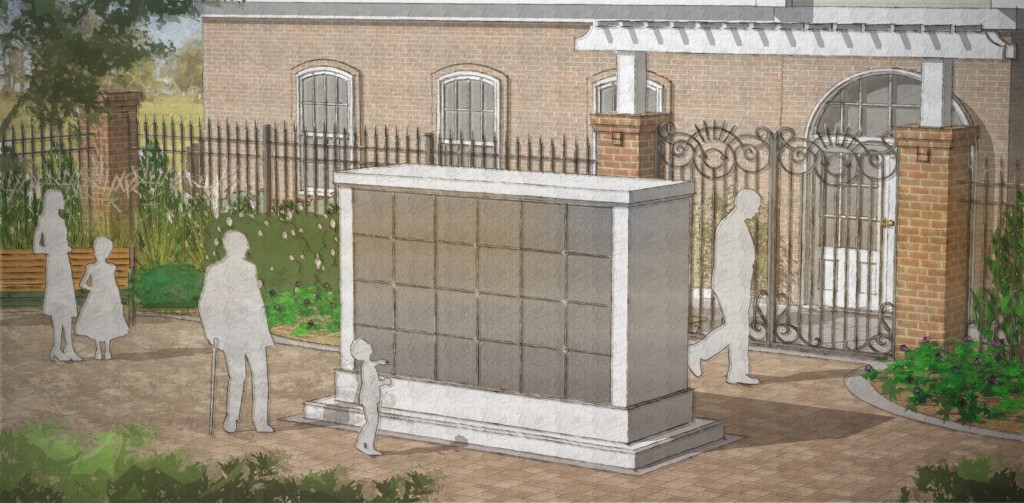Sometimes, a plan view graphic just doesn’t cut it when trying to convey an idea or design. As designers, we need to utilize additional tools to further develop and convey design intent to clients or contractors. One of the methods we use to accomplish this is 3D modeling. Lately, virtual models have become an integral part of our design process, being used on projects large and small.
As displayed in a few of our latest blog posts regarding the LID Competition, a 3D model was constructed to use as a base for final perspective images encompassing the entire site as well as intimate spaces. Snapshots from the model were taken and enhanced within Photoshop to come up with a final graphic. While this site was fairly large and modeled completely, this same process can be used on projects of a much smaller scale. For example, a partial model can be constructed to obtain a specific view, saving time by not creating an entire virtual space. When paired with other images and Photoshop techniques, the model can be used for final perspective graphics.
We also use these models to collaborate with clients while working through the design process. Evaluating a building location, elevation, etc. is made easy with the use of a quick massing model that can be placed on the actual, survey-generated topography. With just a few clicks of the mouse, we can make adjustments on the fly to evaluate different scenarios; BPD has even used these quick adjustments while in meetings. This allows clients to be hands-on, giving immediate feedback on various options.
In the case of the residence shown below, orbiting around the entire house helped the owners to understand the different spaces being created. These basic models can then be detailed further, using architectural elevations on the façade, manipulating topography to match grading plans, and placing plants to represent landscape designs.
Models can be used on projects of an even smaller scale as well. BPD has used small models that take 30-45 minutes to create to look at several sign options, entry column renovations, or corner treatments. This process allows us to evaluate scale, materials, and design very quickly. Some of these models have even been used for planning submittals to different municipalities to convey our thoughts graphically and help committee members understand the design intent and the final product that is proposed.
3D modeling is a tool that could be utilized on almost any project. Whether it is master planning a residential development, sprucing up a commercial entry, or creating marketing graphics, BPD can create a virtual representation of the project from the initial idea through to the final product. We believe these models and graphics are valuable tools to help all parties involved have a better understanding of the project.





